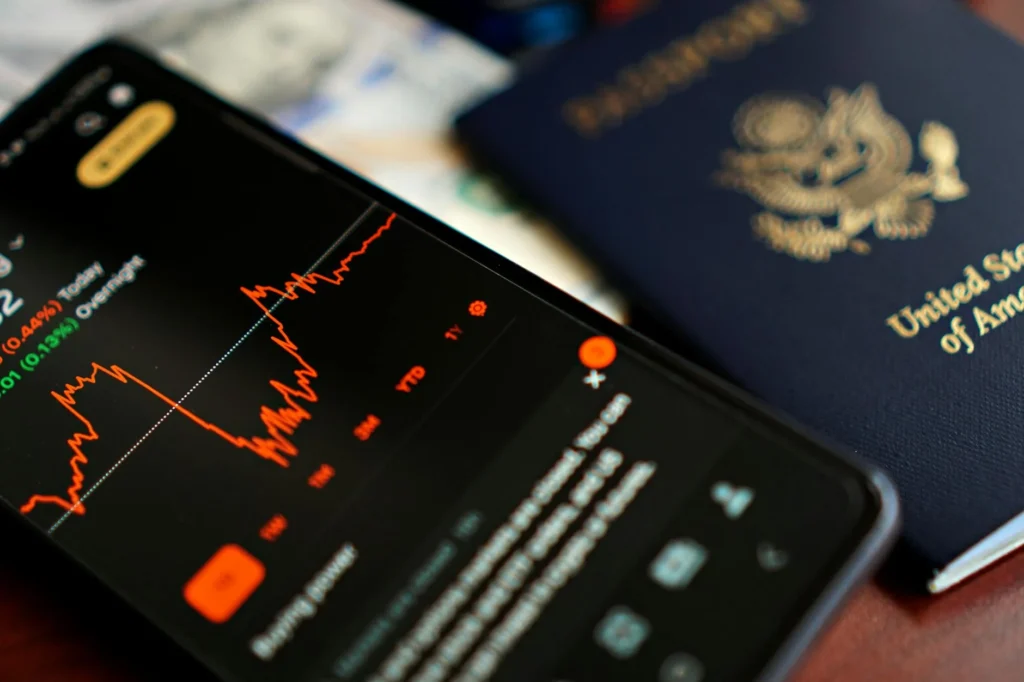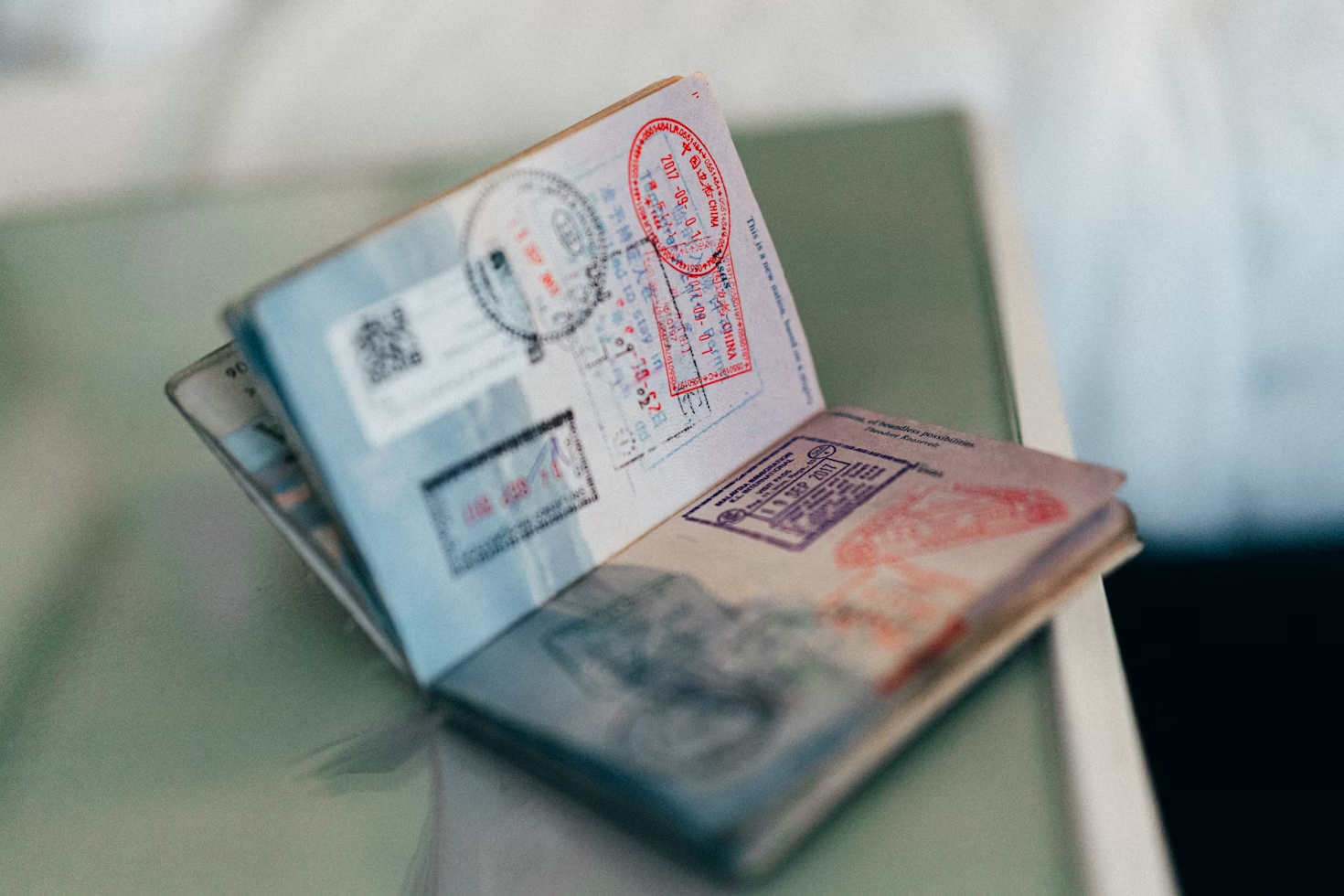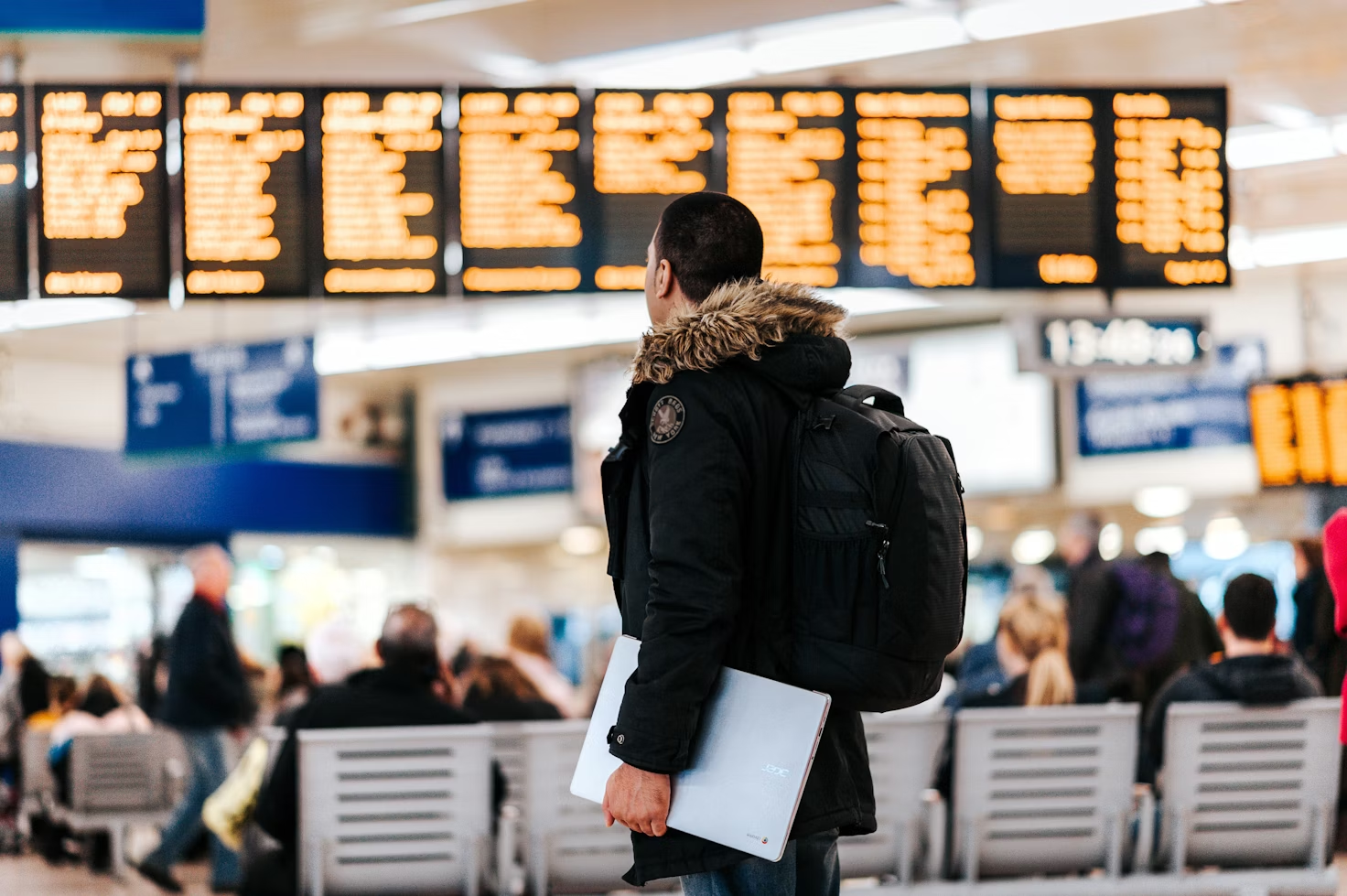Losing your passport while traveling can make your stomach drop. One moment you’re enjoying your trip, and the next, you’re scrambling to figure out what to do. But panicking won’t help—staying calm and knowing the right steps will.
This guide walks you through exactly what to do if it happens, from reporting the loss to getting a replacement. You’ll also learn how to keep moving forward with your travel plans (yes, it’s possible). Let’s make sure a lost passport doesn’t turn into a ruined trip.
For peace of mind, consider travel insurance that covers lost documents – this plan helps with emergency replacements and unexpected costs. Now, take a breath. Here’s what you need to know.
Immediate Steps to Take After Losing Your Passport

Losing your passport abroad doesn’t have to derail your trip. Acting quickly and methodically will help you get back on track. Here’s exactly what to do, step by step.
Report the Loss to Local Authorities
First, notify the nearest police station. A police report creates an official record of the loss, which you’ll need later. Some countries require this for visa extensions or exit permits.
- Find the nearest station (ask your hotel or a local for directions).
- Bring any form of ID you still have, like a driver’s license or a photocopy of your passport.
- Request a copy of the report—some embassies will ask for it.
Contact the Nearest Embassy or Consulate
Next, reach out to your country’s embassy or consulate. They’ll guide you through the replacement process.
- How to find them: Search online for “[Your Country] embassy in [City]” or use this directory for U.S. embassies.
- What to expect: Many embassies have emergency appointments for lost passports. Bring whatever ID you have left.
- After-hours help: If it’s urgent, call the 24/7 emergency line. For Americans, dial +1 202-501-4444 overseas.
Pro tip: Keep the embassy’s contact saved in your phone before traveling.
Gather Necessary Documentation for Replacement
Replacing a passport abroad requires proof of who you are and your citizenship. Start collecting these right away:
- Identification: Any secondary ID (driver’s license, student ID, etc.).
- Citizenship proof: A photocopy of your lost passport, birth certificate, or consular report of birth abroad.
- Travel details: Your flight itinerary or hotel reservations can help speed up the process.
- Photos: Some embassies take passport photos onsite, but check in advance.
Speed things up by keeping digital copies of important documents in your email or cloud storage before you travel. Losing your passport is stressful, but replacing it is straightforward if you follow these steps.
Navigating the Replacement Process

Once you’ve reported your lost passport and contacted your embassy, the real work begins. The replacement process isn’t as daunting as it seems—if you understand what’s required. You’ll need to decide between an emergency document or a full replacement, complete paperwork correctly, and handle the fees without hiccups.
Understanding Emergency Travel Documents vs. Full Passport Replacement
An emergency passport (sometimes called a limited-validity passport) gets you home fast, but it’s not ideal for long-term use. Here’s how it differs from a full replacement:
- Emergency passport:
- Issued within 24-48 hours in most cases.
- Valid for a short period (often just for your return trip).
- Usually can’t be renewed—must replace with a full passport later.
Some countries won’t accept them for visas or re-entry. Check limited-validity passport rules for details.
- Full replacement passport:
- Takes longer (3-10 business days, depending on location).
- Valid for the standard 10 years (or 5 for minors).
- Requires more documentation but saves hassle later.
If you’re staying abroad for weeks or traveling to multiple countries, invest the time in a full replacement.
Filling Out Required Forms and Providing Proof of Identity
The forms can feel overwhelming, but here’s the breakdown:
- Form DS-11: The standard application for a new passport. Complete it even if you’ve had one before.
- Form DS-64: The lost/stolen passport statement. Submit this alongside DS-11.
For identification, bring:
- A second ID (driver’s license, student ID, government card).
- Photocopies of your lost passport (if available).
- Citizenship proof (birth certificate, naturalization papers).
Tip: U.S. embassies often accept digital copies if you stored them securely before your trip.
Managing Fees and Payment Methods
Passport fees vary by country and urgency. For U.S. replacements:
- Standard fee: $130 (adults) or $100 (minors under 16).
- Execution fee: $35 (paid separately).
- Expedited service: Additional $60 within 3-5 business days.
Payment methods:
- Credit/debit cards (most embassies prefer these).
- Local currency (some accept cash, but rates vary).
- Bank drafts (rare, but useful in certain locations).
Pro tip: Carry a backup payment method—some embassies don’t accept Amex or traveler’s checks.
Protecting Yourself from Identity Theft
Losing your passport is stressful enough, but the risks don’t stop once you’ve replaced it. Identity thieves often target travelers with stolen documents, so acting fast to secure your financial and personal information is critical. These steps help lock down your accounts before any damage happens.
Monitoring Financial Accounts for Suspicious Activity
Check your bank, credit cards, and other financial accounts daily—especially after losing your passport. Thieves move quickly, so early detection prevents bigger problems.
- Log in frequently to review transactions. Even small, unfamiliar charges can signal testing by fraudsters.
- Set up alerts for withdrawals, transfers, or purchases over a certain amount. Most banks offer free SMS or email notifications.
- Report issues immediately to your financial institution. They can freeze accounts or reverse fraudulent charges.
Notifying Credit Bureaus and Placing a Fraud Alert
A fraud alert makes it harder for criminals to open new accounts in your name. Contact one of the three major credit bureaus—Equifax, Experian, or TransUnion—and they’ll notify the others.
- Initial fraud alert: Lasts one year and requires lenders to verify your identity before issuing credit.
- Extended alert (for confirmed identity theft): Stays on your report for seven years.
- Active duty alert: For military personnel, lasting one year.
Consider freezing your credit entirely if you suspect a serious risk. It blocks access to your report until you lift the freeze—useful if your passport contains sensitive details like your Social Security number. Most bureaus offer this for free.
This isn’t paranoia—it’s good travel hygiene. The faster you act, the less damage thieves can do.
Preventing Future Passport Loss

Losing your passport once is stressful enough—why risk a repeat? With a few smart habits, you can minimize the chances of it happening again. From secure storage to digital backups, these strategies help protect your passport so you can travel with confidence.
Using Passport Holders and Secure Storage Solutions
A good passport holder does more than look stylish—it keeps your documents safe and accessible. Here’s what to look for:
- RFID blocking: Protects against electronic theft of your passport’s chip data.
- Durable materials: Leather or water-resistant fabric prevents wear and tear.
- Multiple compartments: Store boarding passes, cards, and cash in one place.
When not in use, keep your passport in a hotel safe or hidden pouch—never loose in a backpack. A locked carry-on works too if you’re moving between locations.
Making Digital and Physical Copies of Important Documents
Having copies of your important documents won’t replace your passport if it’s lost or stolen, but they can significantly speed up the replacement process and reduce stress. Here’s how to back up your documents wisely:
Digital copies:
- Take clear, high-quality photos of your passport’s photo page, visas, and any other important pages.
- Email these photos to yourself so you can access them from any device in case of an emergency. Alternatively, save them securely in cloud storage like Google Drive, Dropbox, or iCloud for easy access from anywhere.
- Make sure your cloud storage account is protected with a strong password and two-factor authentication.
Physical copies:
- Print at least two color copies of your passport’s photo page and visas.
- Keep one copy with you, stored securely in a different bag or compartment from your actual passport, so it’s not lost or stolen at the same time.
- Leave the second copy with a trusted friend or family member back home. This ensures someone can help you remotely if needed.
Registering with Smart Traveler Enrollment Program (STEP)
U.S. citizens can enroll in the free Smart Traveler Enrollment Program (STEP) before trips. Benefits include:
- Emergency alerts: Get real-time safety updates about your destination.
- Embassy contact: Locals can find you faster if you lose documents.
- Easier replacements: Pre-enrollment speeds up consular assistance.
With these steps, your next trip won’t hinge on keeping track of a single booklet. Preparation makes all the difference.
Final Thoughts
Losing your passport abroad is stressful, but it doesn’t have to derail your trip. By acting quickly—reporting the loss, contacting your embassy, and gathering the right documents—you’ll get back on track faster than you think.
To simplify things next time, keep digital passport copies, consider travel insurance for emergencies, and pack a secure passport holder. These small steps can save you big headaches.






12 Responses
hey, so i just lost my passport like what do i do now? this article kinda helps but like where do i start? do i call the police or somethin?
First thing, report it to the local police and then contact your embassy. They’ll tell you the next steps. Happened to me before, it’s a hassle but manageable.
Does anyone know how long it takes to get a replacement passport? I got a trip coming up and no passport.
Loved the tips on protecting from identity theft. Never thought about monitoring my accounts after losing a passport but it makes sense. Thanks, TouristTales!
reporting the loss to local cops really do anything? feels like they wouldn’t care much about a lost passport.
whats this step program mentioned? sounds kinda useful for someone like me who forgets stuff all the time.
Placing a fraud alert seems crucial after losing a passport. It’s something I hadn’t considered before. Great advice!
i lost mine last month and it was a nightmare. wish i saw this before. especially the part bout the embassy.
Using digital copies for important documents is so underrated. Been doing it for years and it’s a lifesaver. Always back up your stuff, folks.
Next time I lose my passport, I’ll just tell the embassy I left it in my other pants. They’ll understand, right?
Regarding the Emergency Travel Documents section, is it true that they can only be used for direct return to one’s home country, or are there exceptions?
Typically, ETDs are for direct return, but some countries may allow transit. Best to check with the issuing consulate.